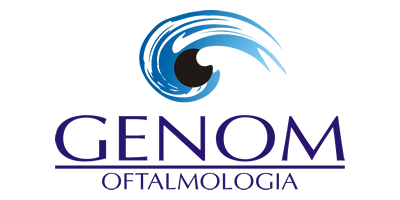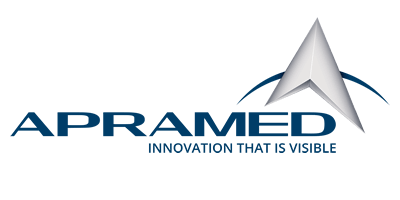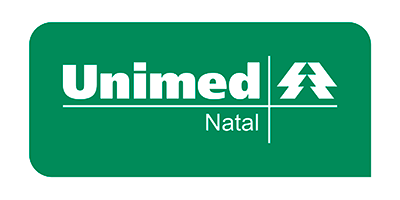
Sessão de Relato de Caso
Código
TL16
Área Técnica
Retina
Instituição onde foi realizado o trabalho
- Principal: Universidade Estadual Paulista (UNESP)
Autores
- ROGIL JOSE DE ALMEIDA TORRES (Interesse Comercial: NÃO)
- Ana Lucia Anjos Ferreira (Interesse Comercial: NÃO)
- Fernando Moreto (Interesse Comercial: NÃO)
- Camila Renata Correa (Interesse Comercial: NÃO)
- Rogerio João de Almeida Torres (Interesse Comercial: NÃO)
- Andrea Luchini (Interesse Comercial: NÃO)
- Ricardo Pinho (Interesse Comercial: NÃO)
- Lucia Noronha (Interesse Comercial: NÃO)
- Artur Togneri Ferron (Interesse Comercial: NÃO)
- Sofia Pimentel Longo (Interesse Comercial: NÃO)
Título
Effects of carnosine supplementation on oxidative stress parameters in the retina of animals undergoing a high caloric diet
Objetivo
Assess the oxidative effects induced by a hypercaloric diet on the retina of Wistar rats and test the antioxidative effects of carnosine (CAR) supplementation.
Método
Wistar rats were randomly divided into four experimental groups: Standard diet (SD, n = 9), standard diet + carnosine (SD+Car, n = 10), high sugar-fat diet (HcD, n = 7), and high sugar-fat diet + carnosine (HcD + Car, n = 8). HcD groups also received water + sucrose (25%). Evaluation in animals included body weight, plasma glucose, uric acid, urea, creatinine, and triglycerides. The retinas were analyzed for markers of oxidative stress. Peroxide hydrogen production was assessed by oxidation of DCFH-DA. The analysis of the antioxidant system included total glutathione (tGSH), oxidized GSH (GSSG), total antioxidant capacity (TAC), sulfhydryl groups, and protein carbonyl.
Resultado
There was no statistical difference in the DCFH-DA marker levels among the groups. The TAC levels remained unchanged with the high caloric diet. However, both groups supplemented with carnosine presented higher TAC levels when compared to control group. The GSH levels were significantly higher in the HcD plus carnosine group when compared with SD groups, while the GSSG showed a significant reduction in HcD when compared to both SD and HcD plus carnosine groups. The GSH/GSSG ratio was significantly higher in HcD plus carnosine when compared with SD groups. The carbonyl content was significantly higher in both HcD and HcD+Car in comparison to SD groups. The sulfhydryl oxidation showed a significant reduction in HcD when compared with SD.
Conclusão
The hypercaloric diet fed to Wistar rats induced oxidative alterations in the retina. Supplementation of carnosine induced an increase in the expression of antioxidative markers. This study corroborates the hypothesis that a hypocaloric diet is an AMD modifiable factor, and that carnosine can potentially represent an addition to the preventive and/or therapeutic treatments of this disease.
















